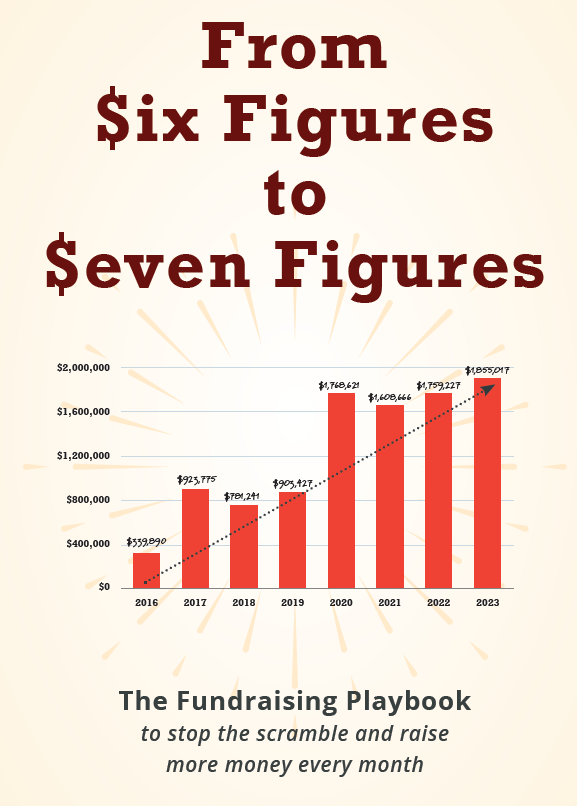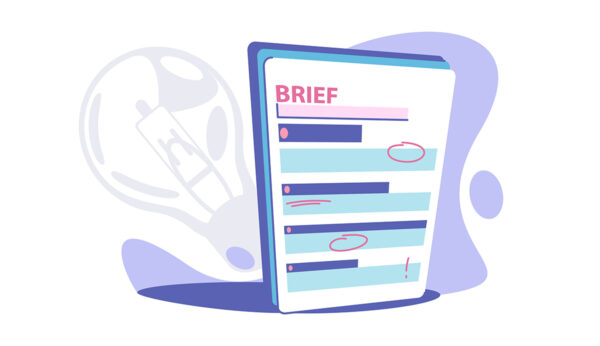My last post gave you a helpful, proven process to follow to write and design direct mail fundraising.
One of the steps in that process is the writing of a Creative Brief – a step that’s unfamiliar to many smaller organizations.
If having an example creative brief would be helpful for your organization, at the end of this post I’ve included a link to an example Creative Brief you can download for free.
And if you’re not sure why you’d want to start making Creative Briefs for your projects yet, here’s why a Creative Brief is so helpful…
To review, a Creative Brief is a document that contains all the details for a piece of fundraising (and often for an entire fundraising campaign). These details include who the package will be mailed to, the mail date, the offer, the specs, the creative approach, which story to tell, which photo(s) to use, the production schedule for the project, etc.
Creative Briefs are so helpful because they work for you.
When you write and share a good Creative Brief, you instantly create what amounts to an “External Brain & Project Manager” whose only job is to save you time and help you succeed:
- When the copywriter doesn’t remember what to do, they look at the brief.
- When the data person wonders which donors to pull for this mailing, they look at the brief.
- When the Boss wants to know what the plan is for the April Appeal, you show them the brief.
- When you wonder what you did on this project last year, and what the thinking was, you look at the brief from last year.
- When you’re teaching a new staff member what you do for fundraising and how you do it, you show them the briefs.
All of which gives you more time to get other stuff done.
And when everyone is working from a brief, you end up with fundraising that’s more cohesive and on-target. You also avoid out-of-left-field situations like “the brochure for the capital campaign looks like a video game” because the freelance designer thought that would be cool. (True story.)
We use briefs for direct mail, email, campaigns, events, radiothons, you name it.
So if it’s helpful to you, here’s a link to download a sample creative brief that I created years ago. I’ve been using some version of this document for over 25 years. Some are 6 pages, some are 1 page, depending on the project and the organization. I’m sure you’ll want to customize it for your needs.
There’s nothing magic about this particular format or the exact info it contains. But what is magic is “thinking it through in advance” and then letting the Creative Brief work for you!









